NOTICE TO THE INSTALLER OR PURCHASER
As indicated on the box, the hood should be connected and tested prior to installation; if the hood works properly at that time but a problem arises after installation, the problem is not due to the hood but to improper installation somewhere between the hood and the outside vent.
Types of malfunction:
- Noise and vibrations from the hood
- The motor makes a screeching sound and seems to be forcing
- The suction power seems to be approximately the same for all settings.
Check the vent
- The most common problem is range hood flaps that fail to open:
- Did you remove the protective adhesive strip on the flaps?
- Did you install the duct too tightly over the flaps, preventing them from opening fully?
- Never use screws to attach the duct to the hood outlet. Use duct tape instead
- To quickly check whether the valves are operating properly, run the hood for 30 second then turn it off. After 2 or 3 seconds, you should hear the two flaps close one after the other.
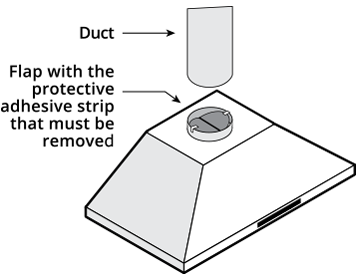
- liste
- The duct connecting the hood to the outside should be the same diameter as the hood’s outlet (typically 6 inches) and be free of obstacles.
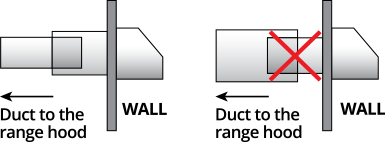
- Caution! Never put an angled duct right at the outlet of the hood.
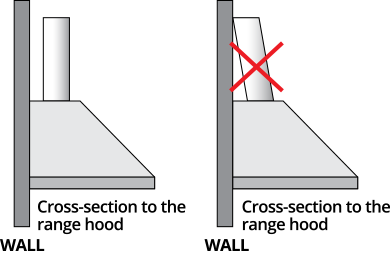
- liste
- liste
- liste
- Use the following vents
• SOFFIT VENTS • WALL VENTS 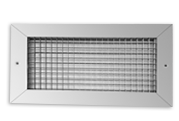
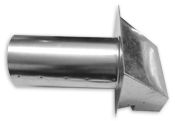
CAUTION! DO NOT USE THESE VENTS
• HEATING SYSTEM GRILLE • ROUND VENT (for bathroom fans) 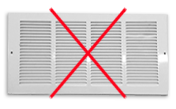
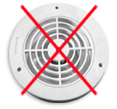
- If the hood is mounted on a glass-ceramic wall, it may seem noisy at the lowest setting. This can be fixed by installing a piece of 1/2-inch foam rubber between the hood and the wall.


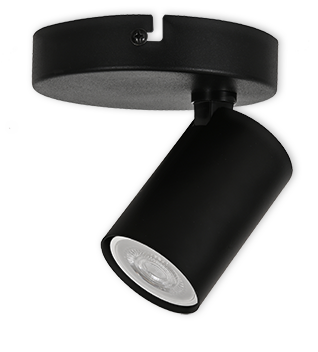 Track
Track 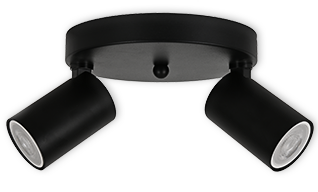 CK-22104-2
CK-22104-2 CK-22104-3
CK-22104-3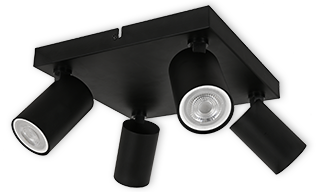 CK-22104-4-square
CK-22104-4-square TK-22104-2
TK-22104-2 TK-22104-3
TK-22104-3 TK-22104-4
TK-22104-4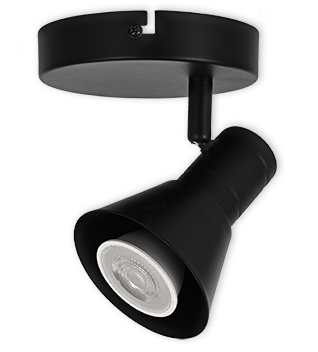 Series 190
Series 190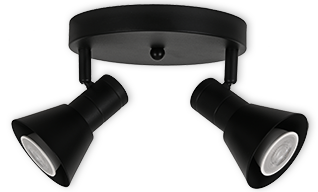 CK-15190-2
CK-15190-2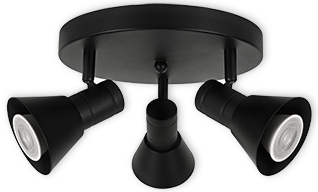 CK-15190-3
CK-15190-3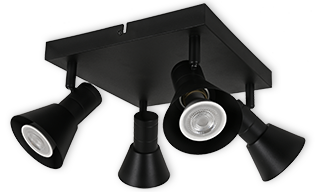 CK-15190-4-square
CK-15190-4-square TK-15190-2
TK-15190-2 TK-15190-3
TK-15190-3 TK-15190-4
TK-15190-4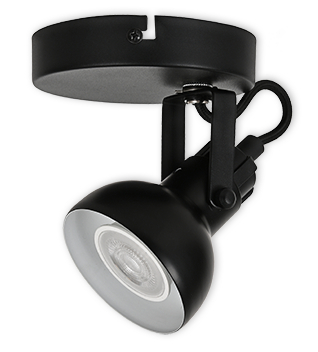 Series 215
Series 215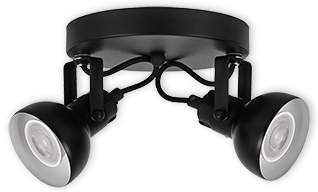 CK-161215-2
CK-161215-2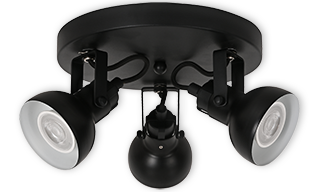 CK-161215-3
CK-161215-3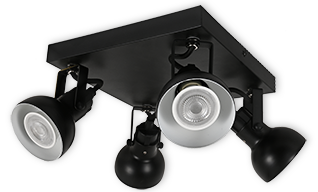 CK-161215-4-square
CK-161215-4-square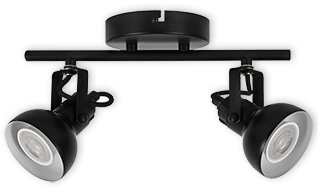 TK-161215-2
TK-161215-2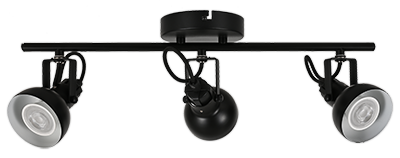 TK-161215-3
TK-161215-3 TK-161215-4
TK-161215-4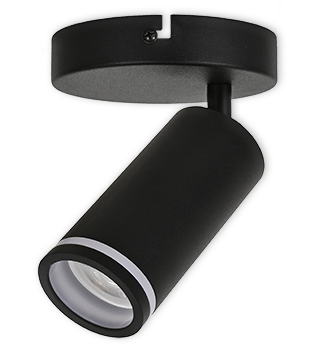 Series 302
Series 302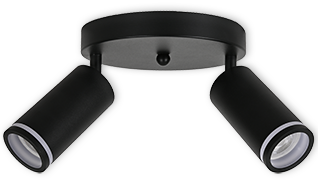 CK-220302-2
CK-220302-2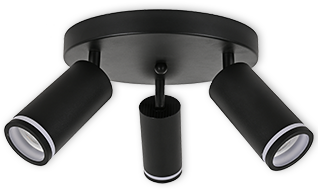 CK-220302-3
CK-220302-3 CK-220302-4-square
CK-220302-4-square TK-220302-2
TK-220302-2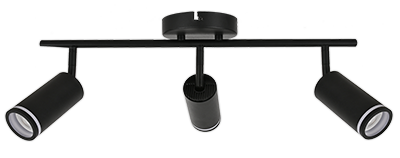 TK-220302-3
TK-220302-3 TK-220302-4
TK-220302-4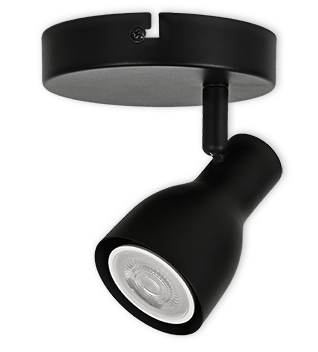 Series 304
Series 304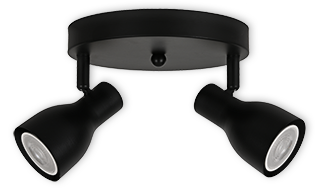 CK-220304-2
CK-220304-2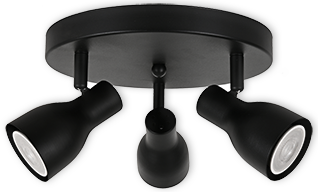 CK-220304-3
CK-220304-3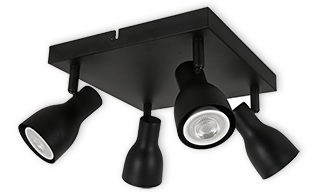 CK-220304-4-square
CK-220304-4-square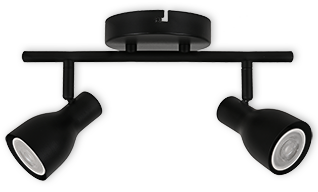 TK-220304-2
TK-220304-2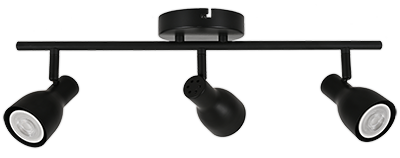 TK-220304-3
TK-220304-3 TK-220304-4
TK-220304-4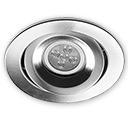 Recessed
Recessed 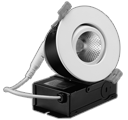 Slim LED
Slim LED 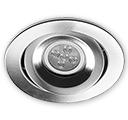 Trims
Trims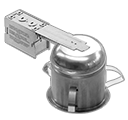 Housings
Housings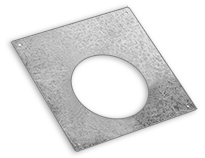 Plaster frames
Plaster frames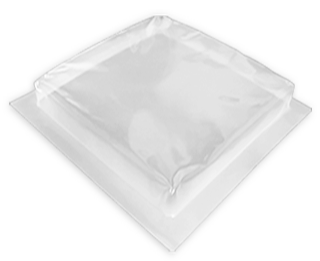 Vapor barrier
Vapor barrier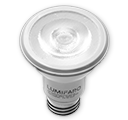 LED
LED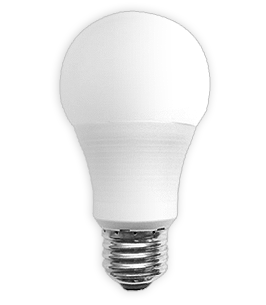 LED A19
LED A19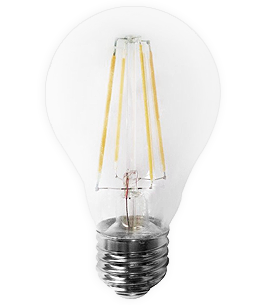 LED AT19
LED AT19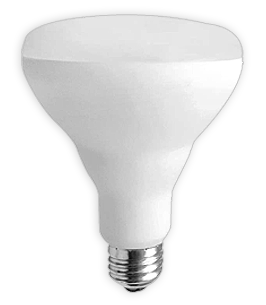 LED BR-30
LED BR-30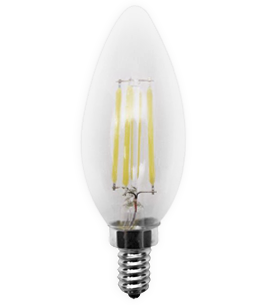 LED CTC
LED CTC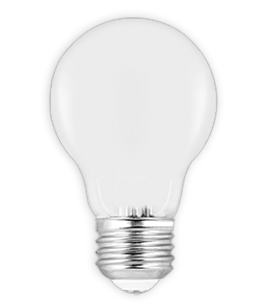 LED FILA
LED FILA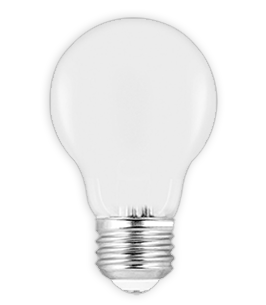 FILA19WH 8W
FILA19WH 8W FILA19WH 10W
FILA19WH 10W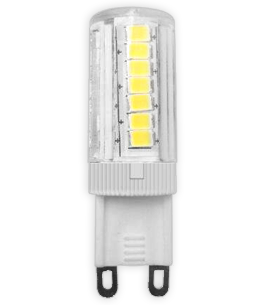 LED G9
LED G9 LED G25
LED G25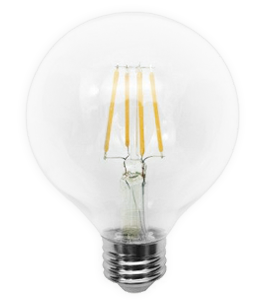 GT25 5W
GT25 5W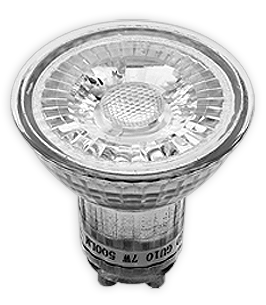 LED GU-10
LED GU-10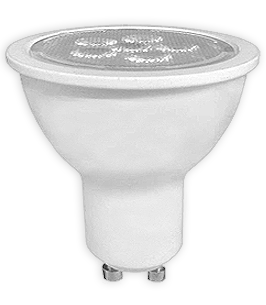 GU-10 7W
GU-10 7W LED PAR-20
LED PAR-20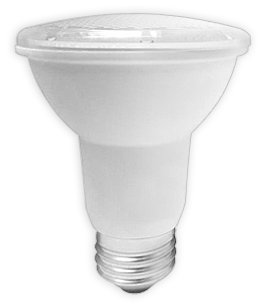 PAR-20-L 7W
PAR-20-L 7W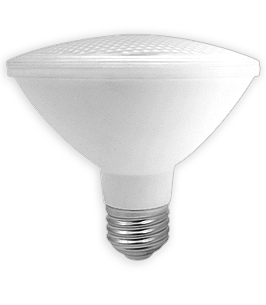 LED PAR-30
LED PAR-30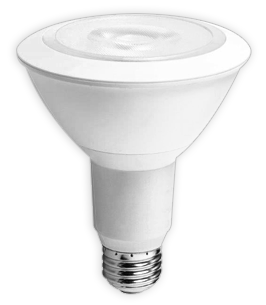 PAR-30LN 11W-13W
PAR-30LN 11W-13W PAR-30LNL 11W
PAR-30LNL 11W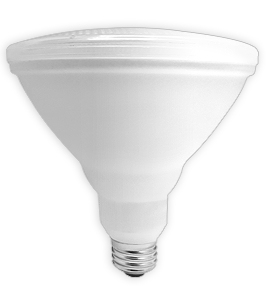 LED PAR-38
LED PAR-38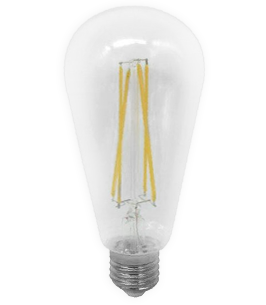 LED ST19
LED ST19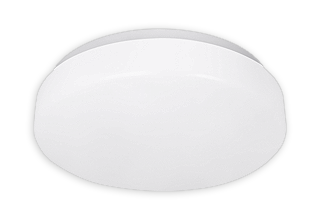 LED CEILING
LED CEILING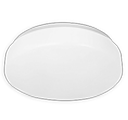 CLD-Ceiling lights
CLD-Ceiling lights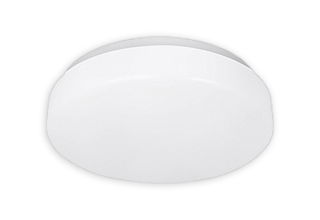 CLD-206-30K
CLD-206-30K CLD-211-3CCT
CLD-211-3CCT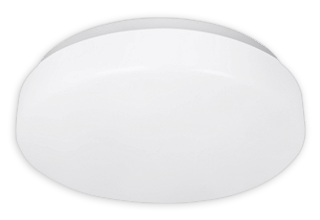 CLD-214-30K
CLD-214-30K CHL-Flat Flush
CHL-Flat Flush 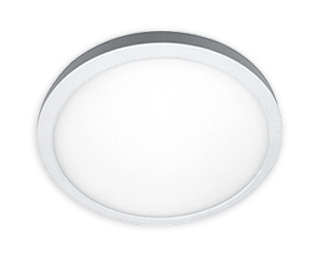 CHL5R-30K/40K
CHL5R-30K/40K CHL5R-MS-30K
CHL5R-MS-30K CHL5R-MSD-30K
CHL5R-MSD-30K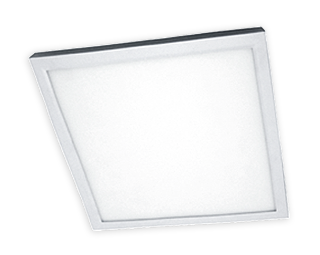 CHL5S-30K/40K
CHL5S-30K/40K CHL7R-30K/40K
CHL7R-30K/40K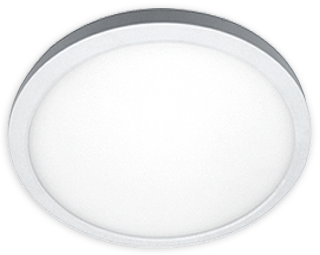 CHL11RP-30K/40K
CHL11RP-30K/40K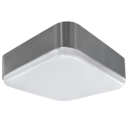 CLS-SQUARE
CLS-SQUARE  CLS-211-30K
CLS-211-30K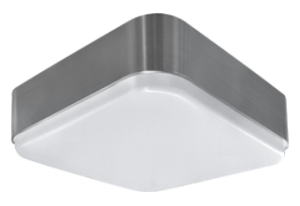 CLS-214-30K
CLS-214-30K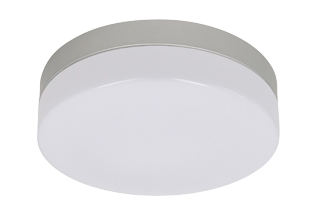 CLC-Round
CLC-Round  CLC-211-30K
CLC-211-30K CLC-211-3CCT
CLC-211-3CCT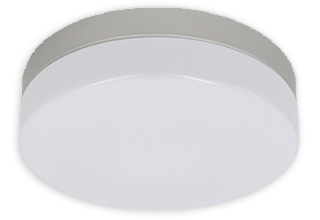 CLC-214-30K
CLC-214-30K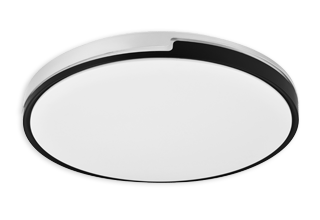 CLC-07
CLC-07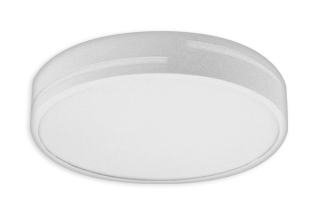 CLC-2011
CLC-2011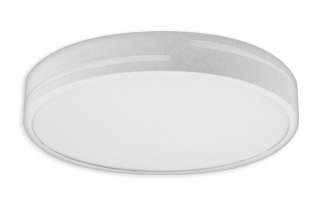 CLC-2015
CLC-2015 CL23P-ROUND
CL23P-ROUND CL23P12
CL23P12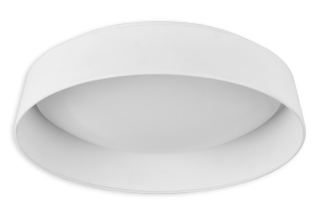 CL23P15
CL23P15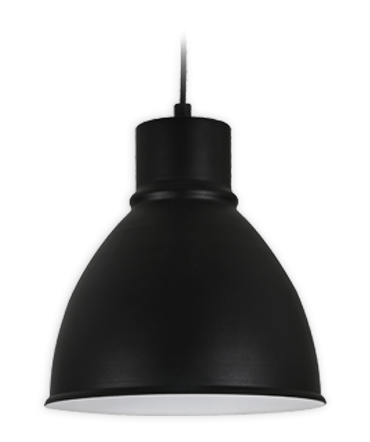 CL-EPT Ceiling lights
CL-EPT Ceiling lights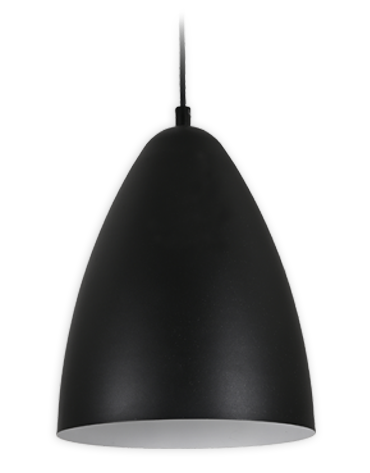 CL-EPT9
CL-EPT9 CL-EPT16
CL-EPT16 CL-L11
CL-L11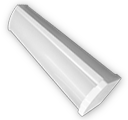 CLW-Shop light bar
CLW-Shop light bar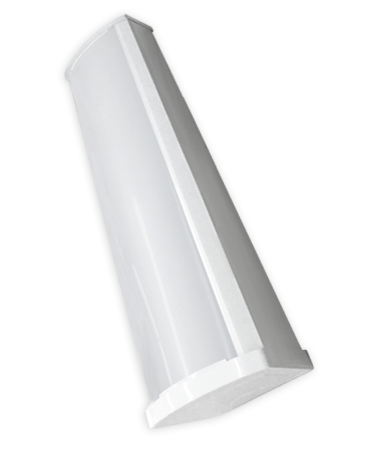 CLW-240
CLW-240 CLW-480
CLW-480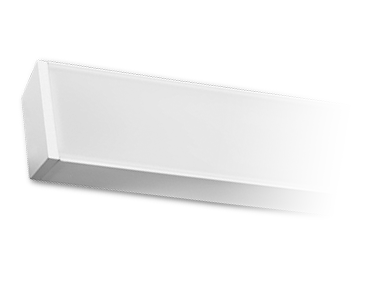 Cabinet
Cabinet 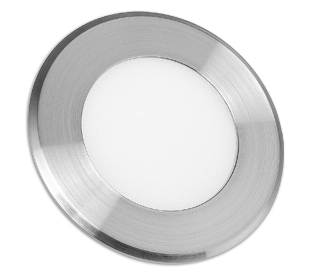 Led
Led 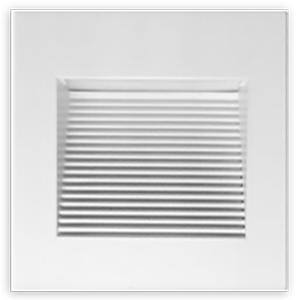 Step
Step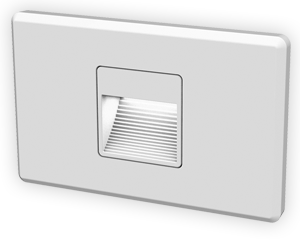 SL-250
SL-250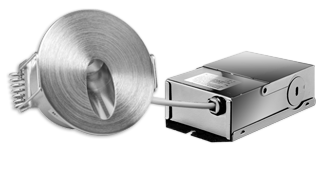 Step
Step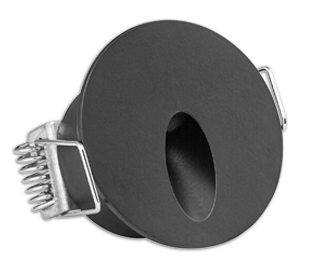 SL-44R
SL-44R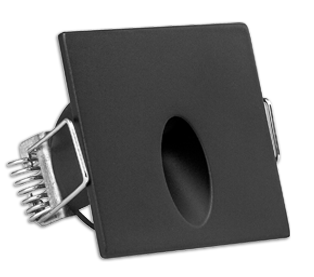 SL-44S
SL-44S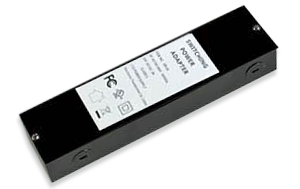 Transformers
Transformers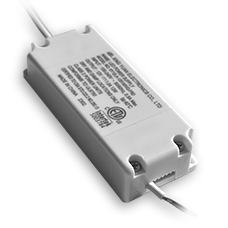 SL-DR12
SL-DR12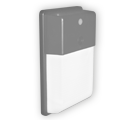 Outdoor
Outdoor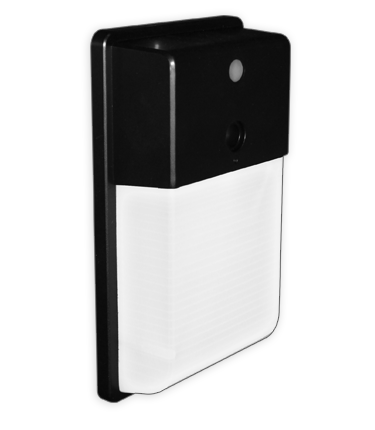 LWL-13W-30K and
LWL-13W-30K and 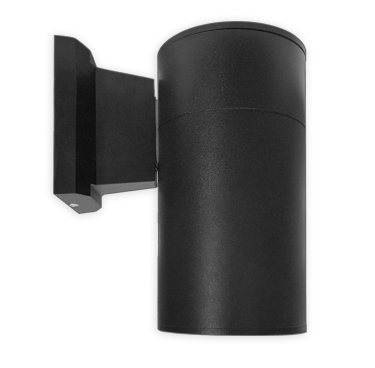 LWL-D9W-30K
LWL-D9W-30K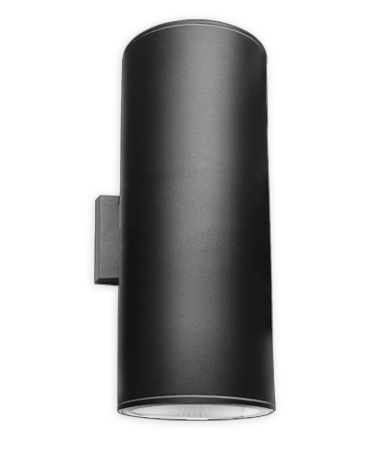 LWL-UD9W-30K
LWL-UD9W-30K LWL-UD5-15W-40K
LWL-UD5-15W-40K LWL-DR30 and
LWL-DR30 and  LWL-UDR30 and
LWL-UDR30 and  LWL-UD5R38
LWL-UD5R38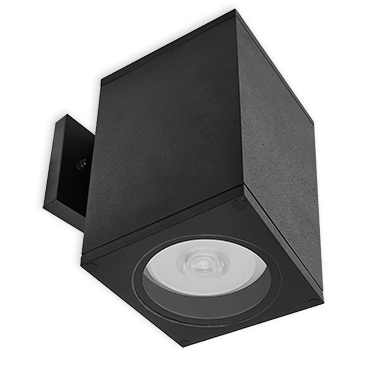 LWL-DS30 and
LWL-DS30 and 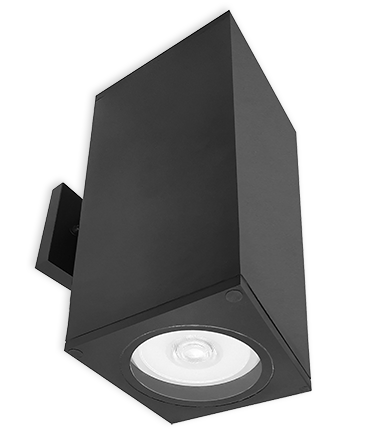 LWL-UDS30 and
LWL-UDS30 and 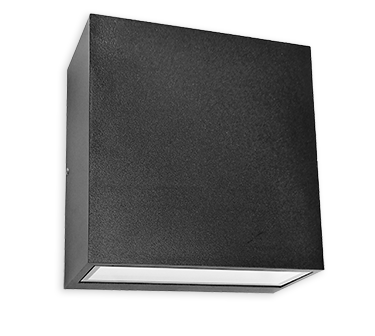 LWL-PD-9W
LWL-PD-9W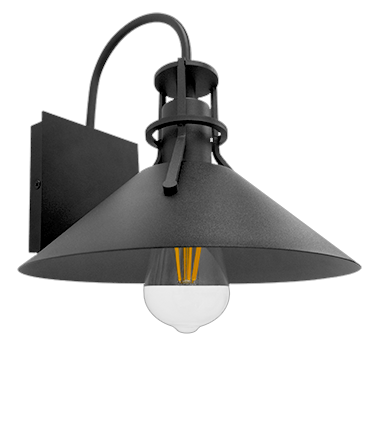 LWL-523P
LWL-523P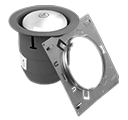 Outdoor
Outdoor  Chimes
Chimes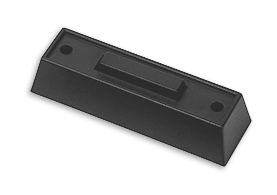 DC-B01-bk-wh
DC-B01-bk-wh DC-BL01-bk-wh
DC-BL01-bk-wh DC-6203-bk-wh
DC-6203-bk-wh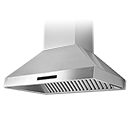 Range
Range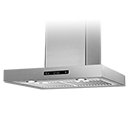 Wall-mount
Wall-mount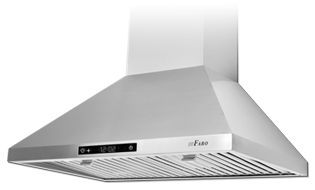 Rainbow-pro
Rainbow-pro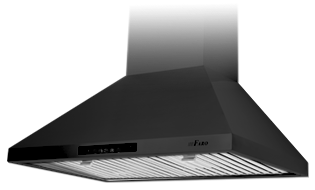 Rainbow-pro
Rainbow-pro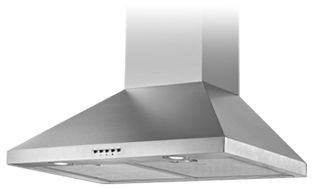 Rainbow
Rainbow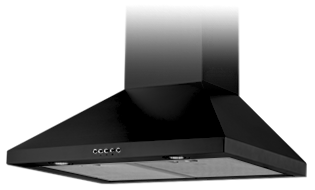 Rainbow
Rainbow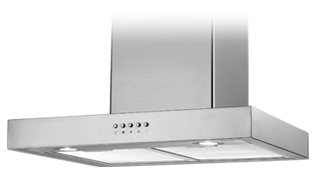 Slim
Slim  Slim
Slim  Slim
Slim 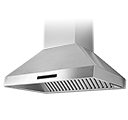 Islands
Islands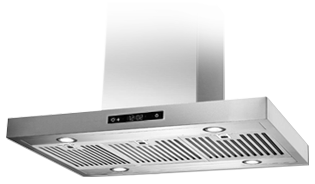 Slim Island
Slim Island 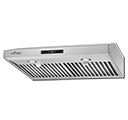 Under-cabinet
Under-cabinet Baby-Pro
Baby-Pro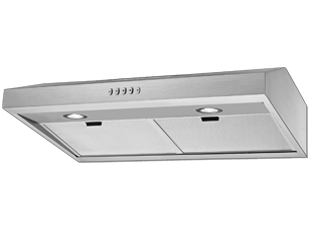 Baby-Pro I
Baby-Pro I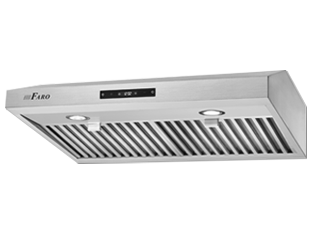 Baby-Pro II
Baby-Pro II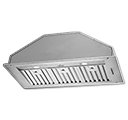 Built-in
Built-in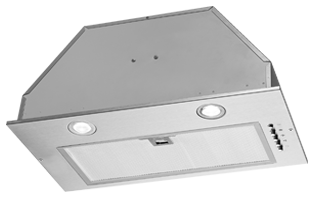 Elite
Elite Elite-Pro
Elite-Pro 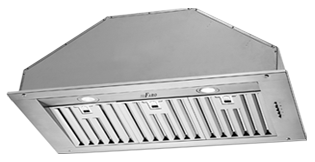 Elite-Pro
Elite-Pro  Information
Information 
